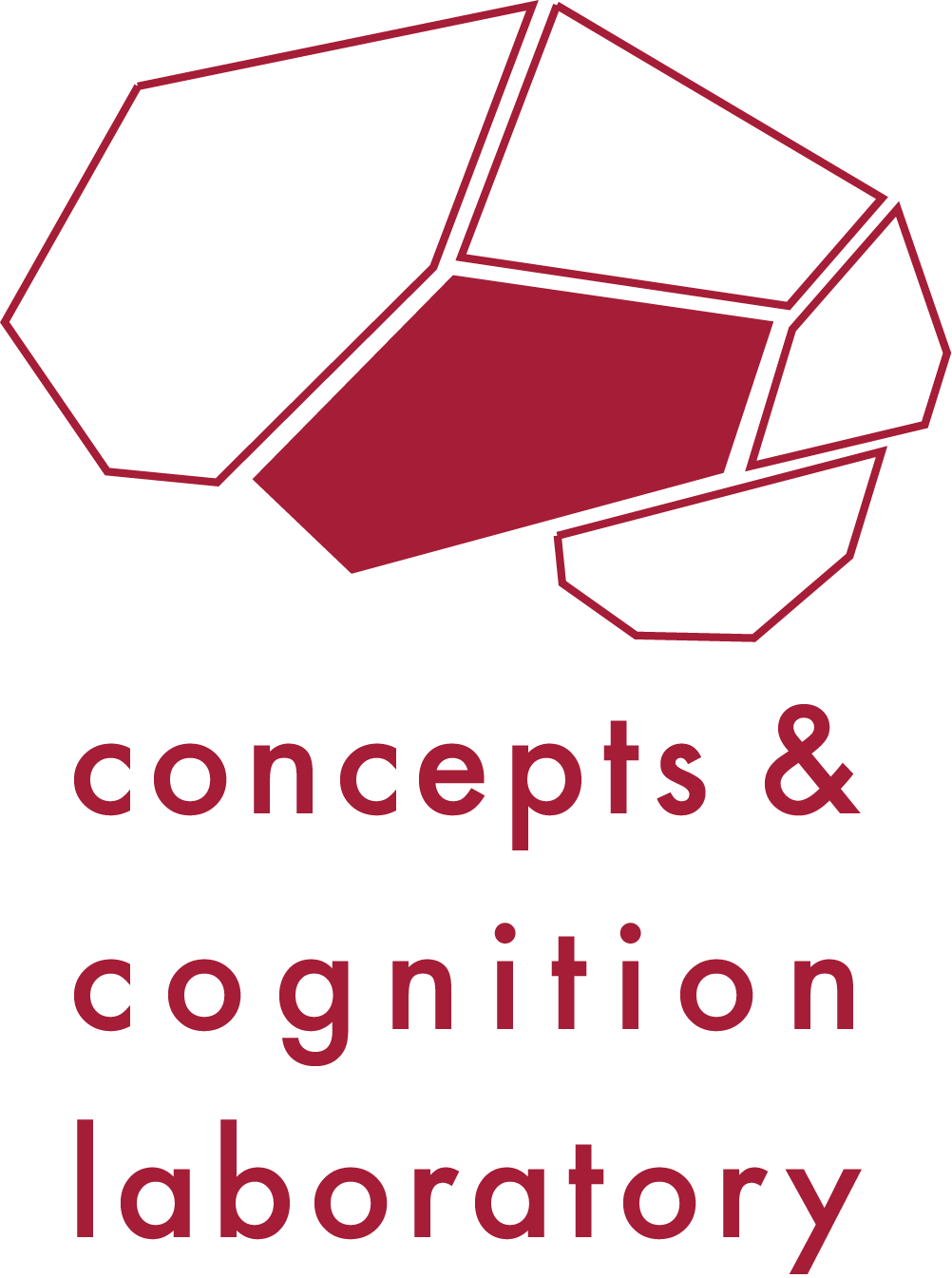Projects
We do so many different projects in this lab! We used to focus a lot on treatment of progressive language disorders in PPA. During recent years we have been developing tools for detecting semantic impairment in discourse. We are also doing a lot of work on involuntary cursing in brain injury. We use a variety of tools for yoking behavior to physiology, including: pupillometry, eyetracking, tDCS, EEG, fMRI. These are all just tools though to get at what we really care about — the neurobiology of language.
1: cognitive aging and language
As part of our ongoing NIH research grant, we are following a cohort of older adults who are at high risk for developing Alzheimer’s Disease or an associated disorder (e.g., vascular dementia). We are collecting numerous behavioral and eyetracking measures to evaluate change in cognition and language in relation to standardized neuropsychological assessments.
2: effects of hyperarousal on language comprehension and production
We are interested what happens to language when we are experiencing high levels of physiological arousal. Think about when you are scared out of your mind. How do your sentence structures and word choices change? What better way to manipulate physiological arousal than to hear a scary story. We will be collecting simultaneous heart rate and pupil size measurements as people see horrifying video clips followed by picture descriptions.
3: dynamics of the human cognitive pupillary response
We’ve done a fair bit of work in measuring dynamics of the human pupil during demanding tasks. One possibility is that abnormal pupillary dynamics may yield a sensitive biomarker of emerging cognitive deficits that mark dementia in aging. We are measuring how pupils react to light and to transitions between words while people hear stories. Our goal is to disseminate norms for pupil responses against which other researchers might benchmark disease states.
4: conversation dynamics in aging
We are investigating dynamics of linguistic alignment between older and younger adults during unscripted conversations. We are specifically interested in how people modulate semantic complexity to align with and/or accommodate their interlocutor.
5: cursing: an arousal feedback loop
This is a fun one. We are investigating how individual differences in aggression and anger influence behavior during cursing. We are examining vocal factors such as volume and jitter, as well as linguistic factors such as the ‘severity’ of the curse words people choose to produce during a spontaneous generation task (e.g,, cursing verbal fluency).
6. physiological and linguistic synchrony in conversations
We developed an open source software program called ConversationAlign that computes automatic indices of alignment across many variables (all timestamped to each word). We are examining how conversation modulates physiological functions within partners engaged in dialogue.
Cold Case Projects
So many ideas and not enough time… Here are some projects we have either planned to do or would like to eventually do but just haven’t been able to squeeze them in.
font optimization for screenreading after concussion
One of the big problems hindering return to work or school after someone experiences a moderate to severe TBI is visual fatigue. People cannout tolerate reading or looking at screens for very long. We are interested in evaluating how particular features of fonts (e.g., presence or absence of serifs, kerning) modulates cognitive load in people with TBI. This study will involve memory for reading passages presented in different fonts. Our working hypothesis is that 12 point Helvetica is the closest to optimal.
verbal fluency
tbd
symbols and symbolic knowledge
tbd
concepts without words
tbd
